The modern nation of Australia was founded as a prison colony. And although you’d hardly know it today, the convict system has profoundly shaped Australian history.
One of the best ways to learn about a new country is to explore its past, and one of the best ways to learn about Australia’s modern history is to learn its convict history.
Several remaining elements of Australia’s convict system were added to the UNESCO World Heritage List in 2010, and many of them are both easy and fascinating to visit.
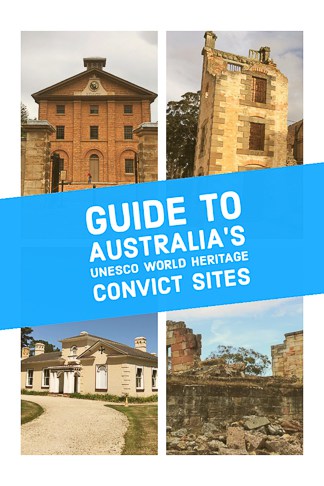
Guide to Australia’s UNESCO World Heritage Convict Sites
In this guide, you’ll learn about the history of Australia’ convict system, see where you can learn more about it, and find out what you need to know before you visit Australia’s World Heritage Convict Sites.
Australian Convict Sites: A Brief History
Modern Australia began when the First Fleet of around 750 prisoners and 250 soldiers landed in Sydney Cove on 26 January 1788, beginning the era of “transportation”.
The British declared terra nullius (literally: nobody’s land) and began colonising, though Australia was already home to over a million Aboriginals.
For the next 80 years, over 160,000 men, women and children were sent to Australia, mostly for petty crimes like stealing bread.
Prison colonies were set up in multiple locations across the continent, and convicts were put to work. Men worked fields, livestock, and construction, while women were employed as domestic servants and factory workers.
The system ended in the mid-19th century when gold discoveries suddenly made Australia an attractive destination! Today, the Australian Convicts World Heritage site covers a mixture of convict buildings in four areas: Sydney, Tasmania, Norfolk Island, and Fremantle.
World Heritage Convict Sites: Sydney
Hyde Park Barracks
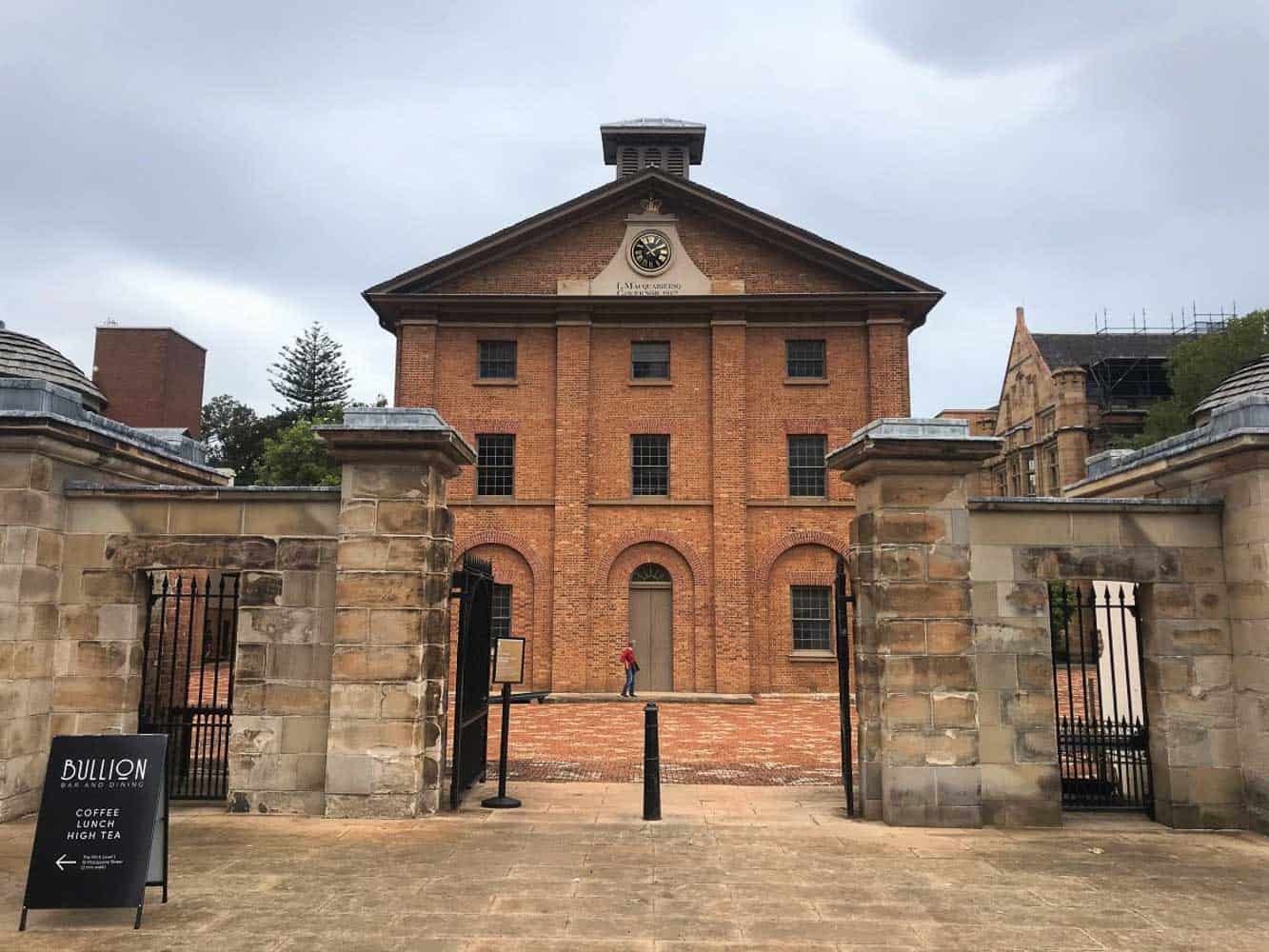
Hyde Park Barracks
The best of the convict sites in Sydney is definitely Hyde Park Barracks. It’s located in the middle of downtown Sydney, not far from the Sydney Opera House. It was built between 1817-1819 as a barracks and accommodation hall for convicts, and it was later used as a hospital, courthouse and a mint.
Interestingly, Hyde Park Barracks was designed by a convict: architect Francis Greenway, who was transported to Australia for forgery.
BEFORE YOU GO: The museum was refurbished in 2019 and covers all aspects of convict life in the early colony with a fantastic audio guide. It’s open Thursday through Sunday 10 am-5 pm, and tickets are $24 for adults.
Cockatoo Island.
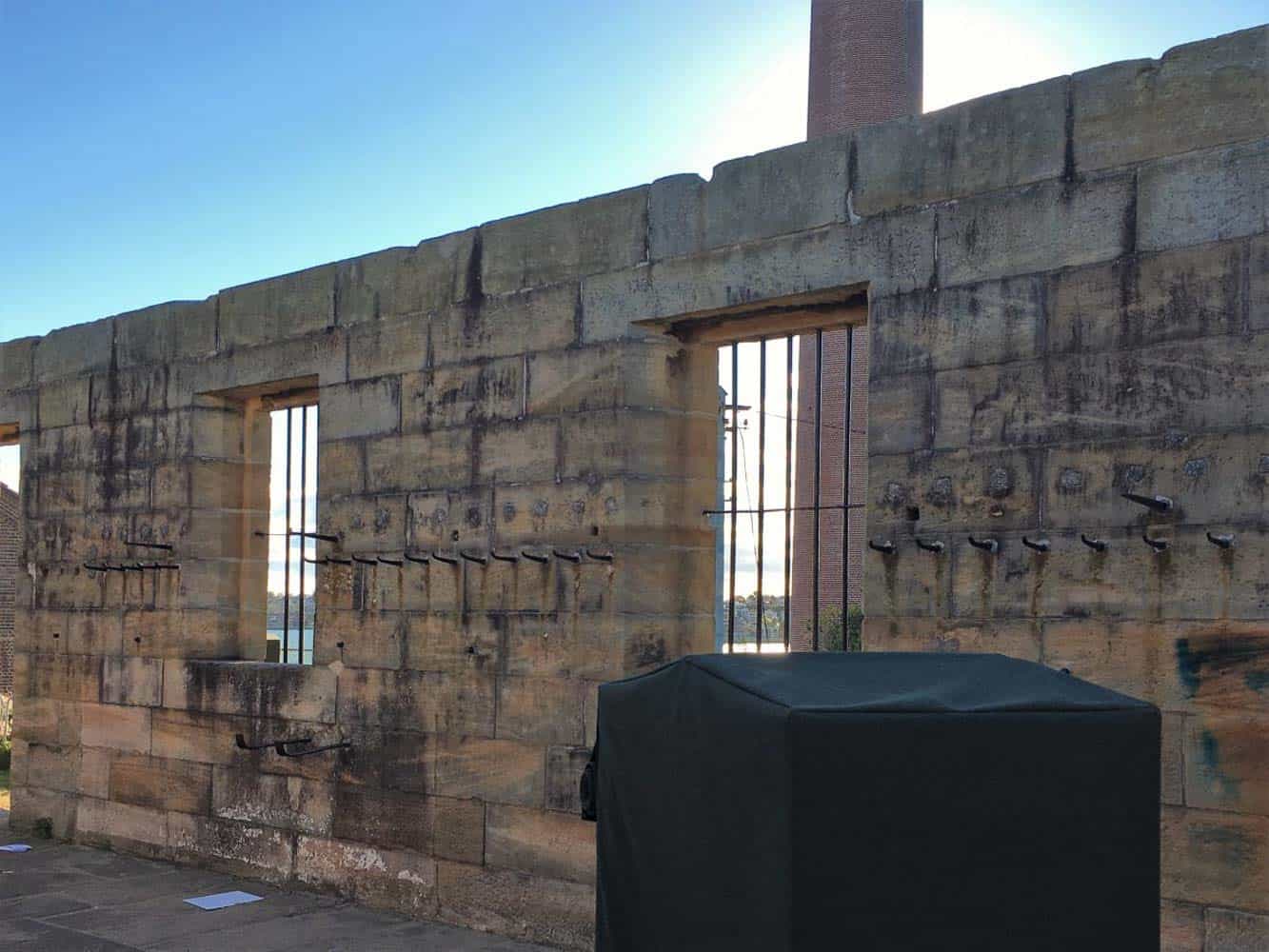
Cockatoo Island.
Not far from Hyde Park Barracks sits the next Convict Site in Sydney: Cockatoo Island. It sits in the middle of Sydney Harbour, with rugged sandstone cliffs and surrounded by sparkling water.
The small island was used as a convict prison for around 30 years, beginning in the 1830s. Discipline was often a problem among convicts, and those needing further punishment were sent to Cockatoo Island.
It was also home to much of Sydney’s early shipbuilding industry, where a convict-built shipyard was set up and where many convicts laboured to build ships.
After the prison’s closure, shipbuilding continued right through until the late 1980s. These days, Cockatoo Island is an open-air museum where you can explore remaining areas of the convict prison, plus the history of shipbuilding on the island.
BEFORE YOU GO: Cockatoo Island is open every day and is free to enter. It’s an island, so the only access is via ferry from Circular Quay, Darling Harbour or Barangaroo.
Guided tours and audio tours are both available. You can also stay on Cockatoo Island! There’s a range of options, from basic campground facilities to glamping, and even a handful of luxury rooms.
The Old Government House.
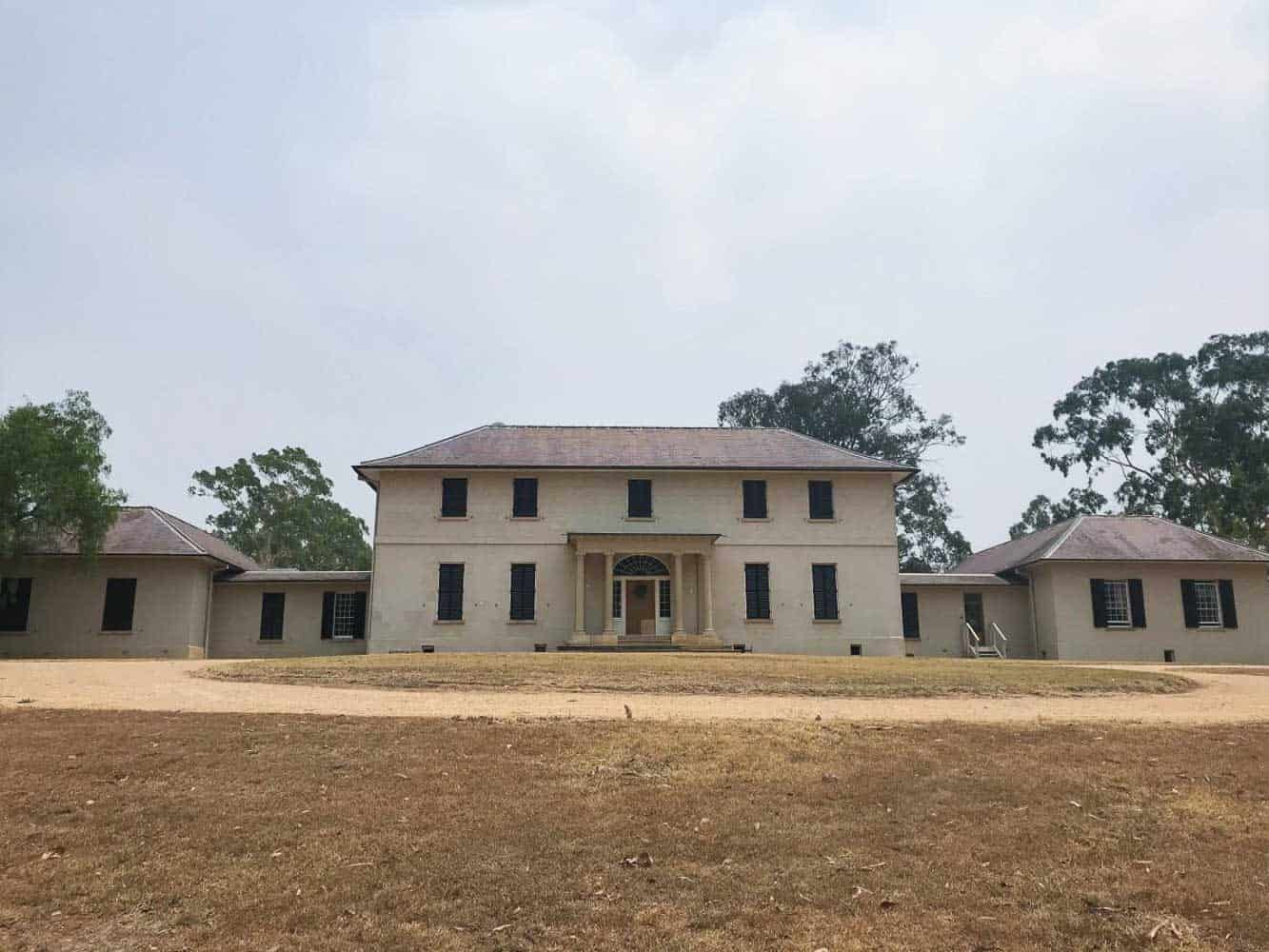
The Old Government House
About 25 kilometres west of downtown Sydney is Parramatta, home to the next World Heritage Convict Site in Sydney, Old Government House. It’s a modest rural mansion that was built for the Governor in 1799, and which quickly became the main residence.
It was used by several governors over the next 50 years. Today, Old Government House has been restored to its original glory, and the interior is decorated in the style of the 1820s. It’s incredible to explore and consider that for decades, an entire continent was ruled from these very rooms.
BEFORE YOU GO: Old Government House is about 15 minutes walk from Parramatta train station. Entry is $15 for adults, and it’s open 10 am – 4 pm Thursday through Sunday.
The Old Great North Road.
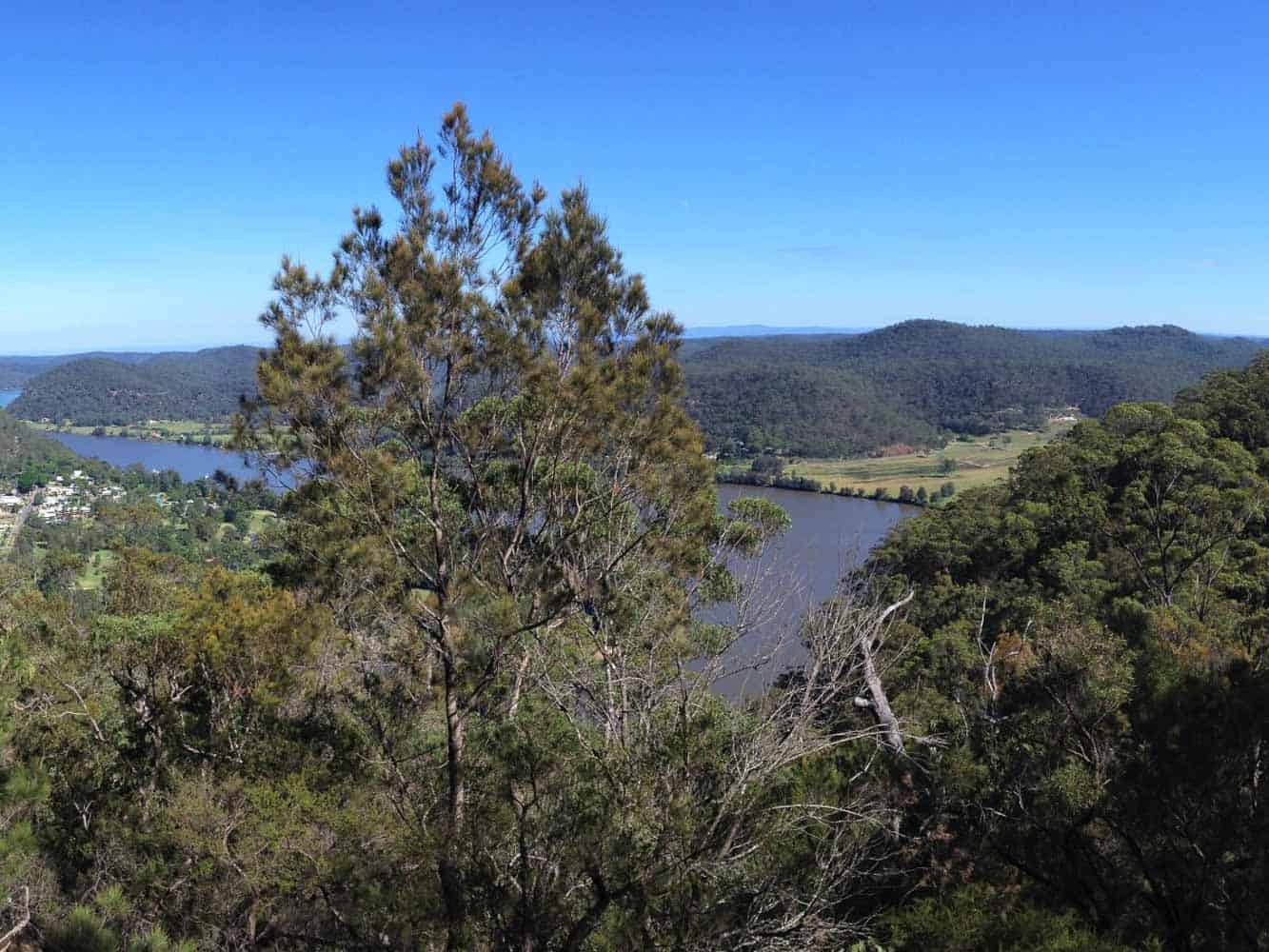
Along the Great North Road
The last World Heritage Convict Site in the Sydney area is the Old Great North Road, located in north-western Sydney. One of the convict era’s biggest infrastructure projects, it was built between 1826-1834 to link Sydney with agricultural areas in the Hunter Valley, 200 kilometres north.
It was a triumph of engineering, winding through rough terrain, and incorporating the newest road-building techniques.
Unfortunately, it never saw heavy traffic, as isolation and poor access to water made travelling difficult, and new steamships became a faster, easier option. Today it’s mostly been replaced with modern roads, but the best-preserved convict-built sections are in Dharug National Park.
There’s an excellent bushwalk you can do along the road, starting from the Devines Hill loop trackhead in Wisemans Ferry.
If you attempt the hike, be sure to take plenty of food and water, sunscreen, hat and appropriate shoes.
Want to learn more: here are 6 other UNESCO Sites in New South Wales.Another great road trip in Australia to drive around the Bellarine Peninsula.
World Heritage Convict Sites: Tasmania
Port Arthur.
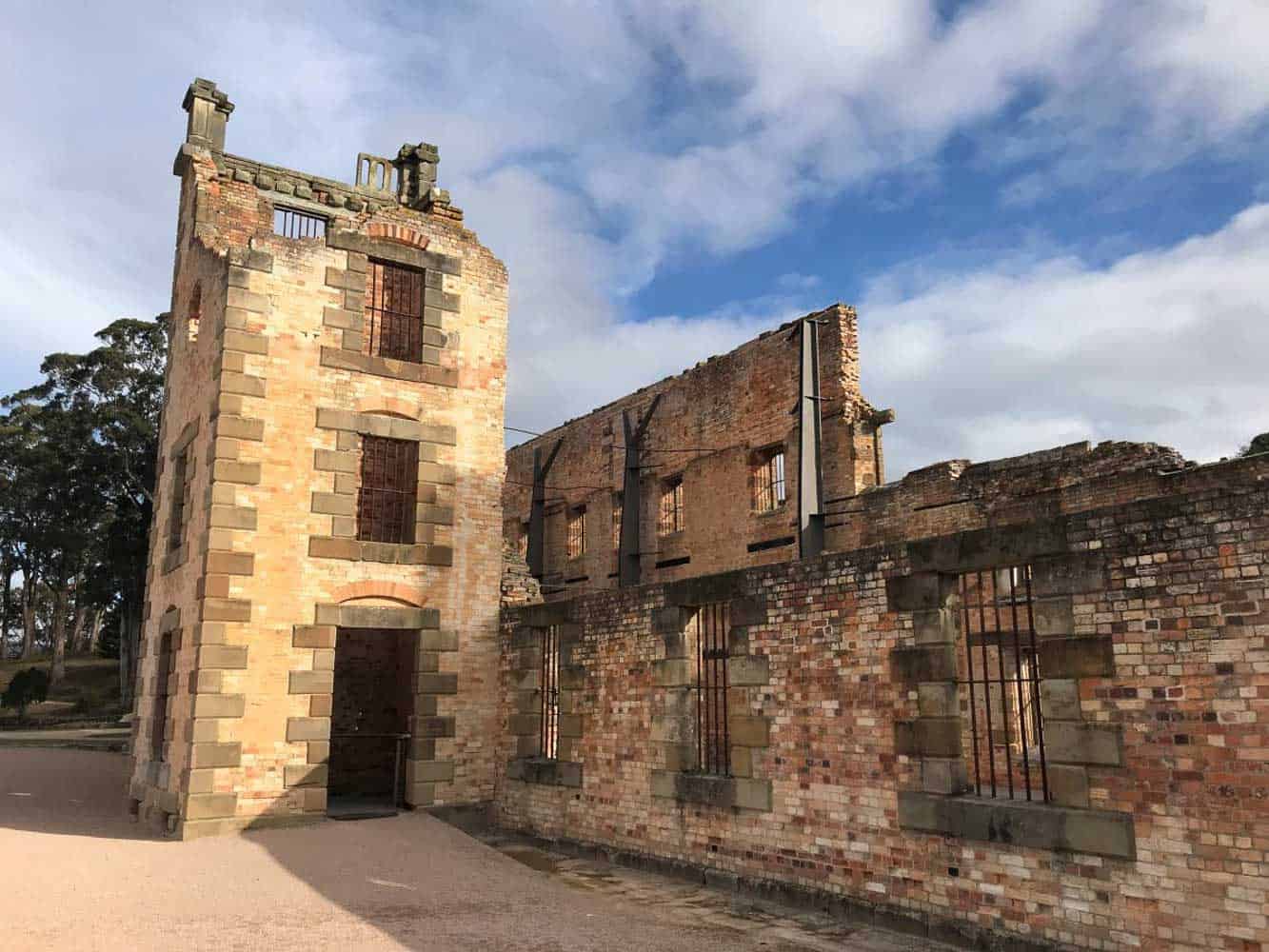
Port Arthur
Heading south, the island of Tasmania has a cluster of five World Heritage Convict Sites. Originally known as Van Diemen’s Land, Tasmania was the second place colonised in Australia after Sydney.
The most impressive site here is Port Arthur, a notorious prison that housed convicts during the 19th century. Although it closed down in 1877, many of the buildings on site are fairly well preserved, including two large cell blocks, a large church, guard towers, houses, and administration offices.
Tickets are $40 for adults and are valid for two days. Tickets include a guided walking tour of the site and a 25-minute harbour cruise.
Coal Mines Historic Site
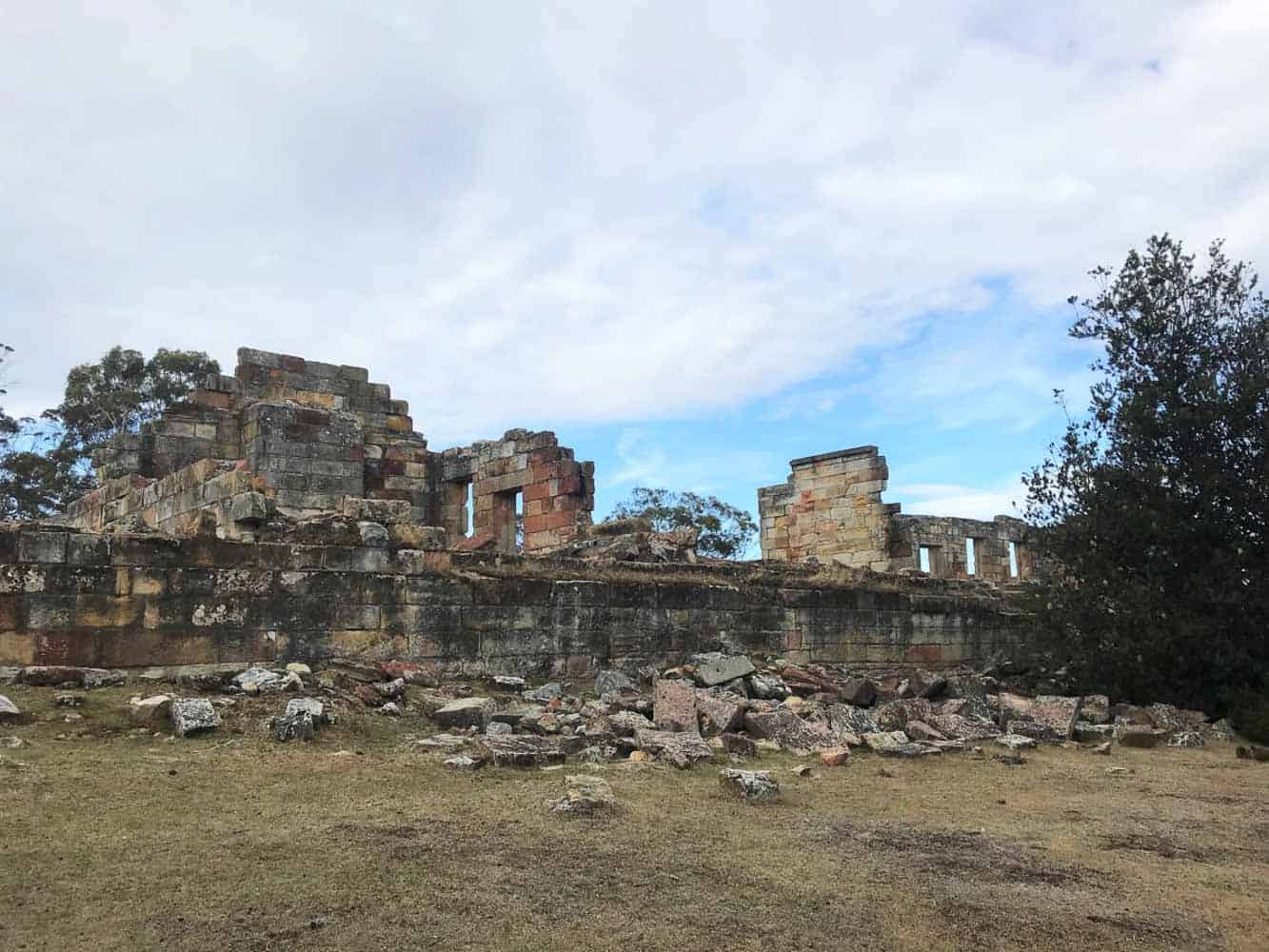
From the Coal Mines
Nearby to Port Arthur is the Coal Mines Historic Site, a coal mine built and operated entirely by convicts. It only operated for 15 years, as good quality coal couldn’t be found. Today, there’s really not a whole lot to see on-site other than ruined sandstone buildings and some earthworks. It’s certainly in a remote and wild spot though, and visiting really drives home how isolated the convicts were.
Darlington Probation Station
Also in the Port Arthur area is the Darlington Probation Station, on Maria Island just off the coast. It was built in the 1830s as a penal settlement and later converted into a probation station where convicts were held for brief periods.
Today there are 14 convict-era buildings still standing, most in good condition. It’s a lovely place to visit, and you can camp there overnight, which is quite a treat.
Brickenden-Woolmers Estates Complex
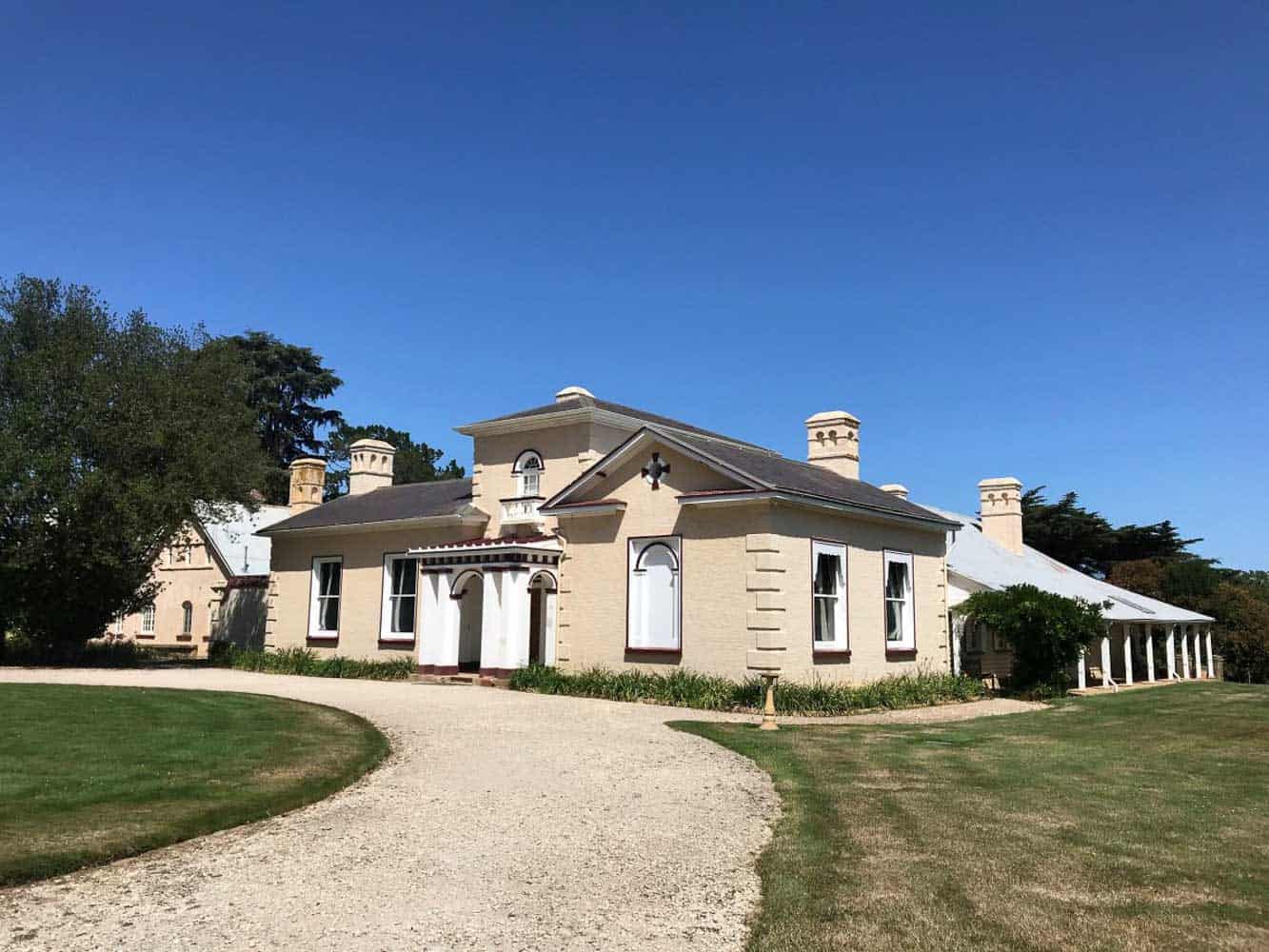
The Woolmers Estate
Both estates were home to populations of working convicts, and the buildings on site are largely unchanged since the convict era.You can see the fields, paddocks and shearing sheds where male convicts worked, plus the home interiors where female convicts worked as domestic servants.It’s fascinating to see how the convict system worked in practice, with cheap labour provided in exchange for board, food, and clothing.
Cascades Female Factory.
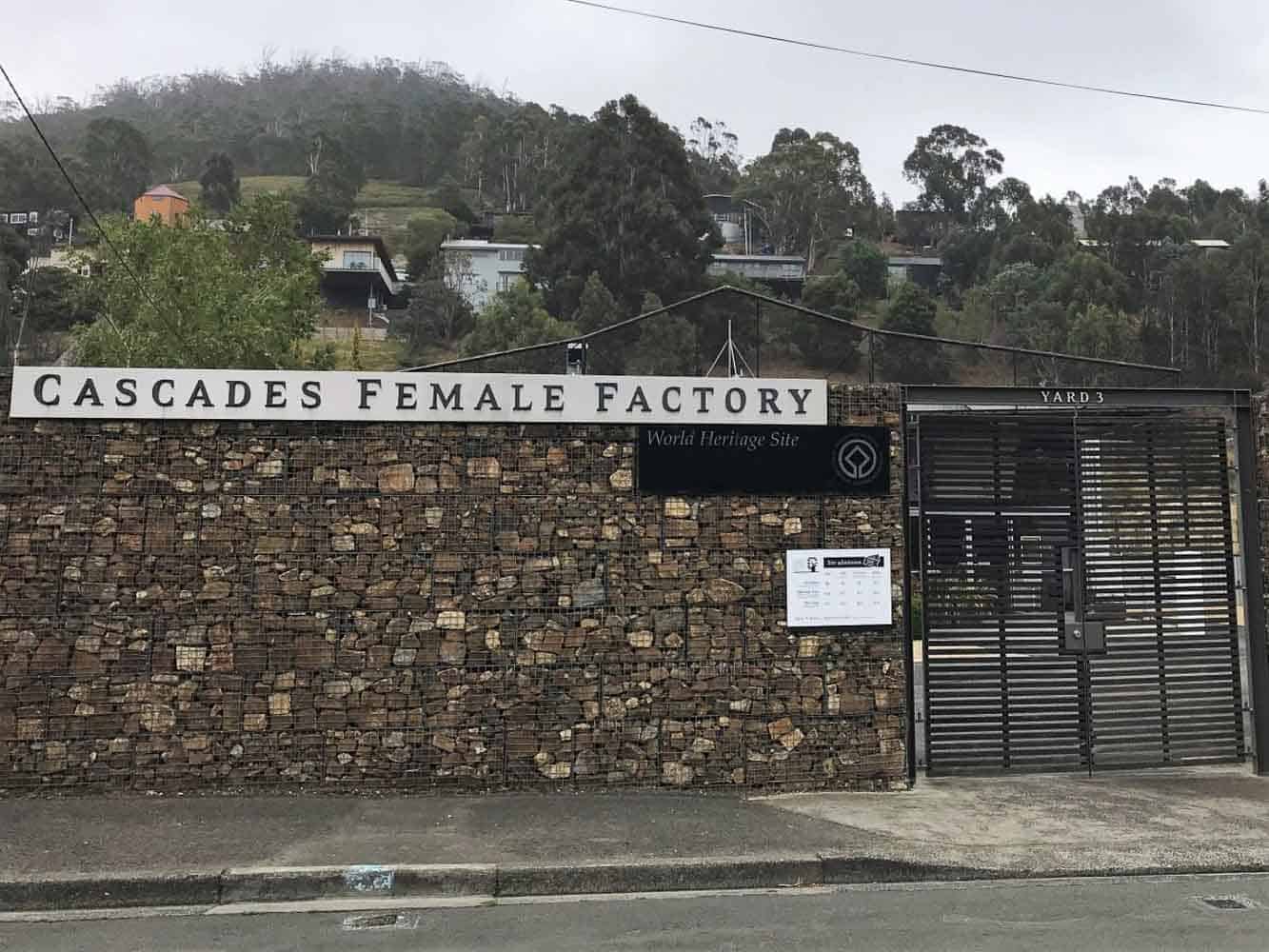
Cascades Female Factory
There’s not much left on site these days, but since it’s located in the suburbs of Hobart, it’s quite easy to access and explore.
World Heritage Convict Sites: Norfolk Island
Located on Norfolk Island, 1600 kilometres north-east of Sydney, stands the Kingston and Arthur’s Vale Historic Area. It was settled as a prison colony in 1788, and the settlements here were used as secondary prisons (like Port Arthur), where repeat offenders were sent for harsher treatment.
The prison closed in the mid-19th century, and today several of the buildings still remain on the island and in excellent condition. There’s the large Government House dating from 1829, the walled fortress-like Old Military Barracks and New Military Barracks, the Commissariat Store from 1835, and several houses as well.
World Heritage Convict Sites: Fremantle
And finally, the last World Heritage Convict Site in Australia is Fremantle Prison in Fremantle, Western Australia. It opened in 1855 and housed misbehaving convicts for the next 30 years when it was converted into a general use prison.
It operated right through until 1991 and has since been turned into a museum and tourist attraction. The imposing Main Cell Block, built by convicts of rough sandstone, housed over 1000 prisoners and is much the same today as it was in the 1850s. Several other convict-built buildings are also nearby, and it’s well worth taking the time to explore the site fully over several hours.
BEFORE YOU GO: Guided tours are available, and highly recommended. If you’re feeling brave, you can stay overnight in the old cells!
Parts of the convict-era jail have been converted into a backpacker hostel, though with a few modern comforts of course. The Prison is open every day, 9 am-5 pm.
